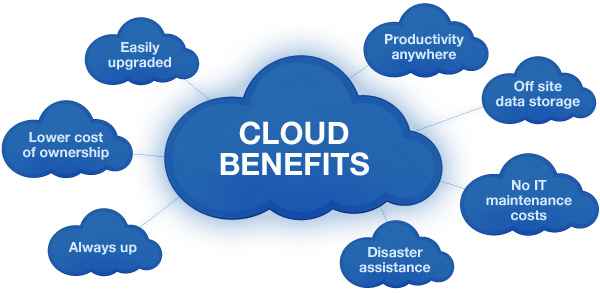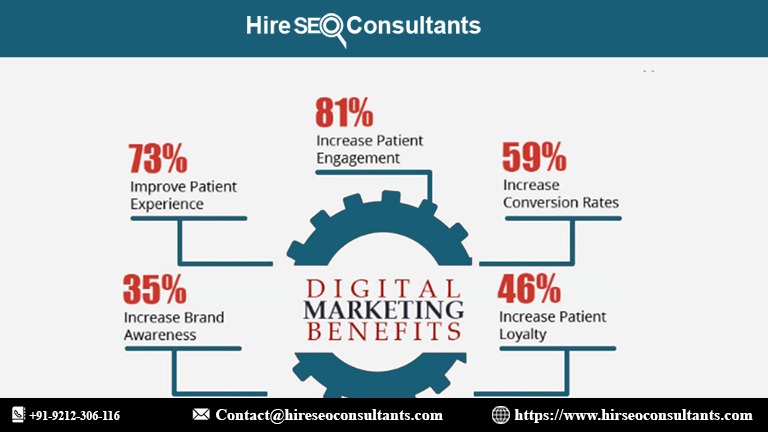Troubleshooting common technology issues and problems
The first rule of troubleshooting is to start with the basics. Sometimes, the most technology issues have surprisingly simple solutions.

In today's digital age, technology issues plays a crucial role in our daily lives. From smartphones to laptops, smart appliances to smart homes, we are surrounded by a myriad of devices and gadgets. While technology has undoubtedly made our lives more convenient, it also comes with its fair share of challenges.
Technical glitches, software errors, and hardware malfunctions are all too common. But fear not! In this comprehensive guide, we'll walk you through the process of troubleshooting common technology issues and problems.
Whether you're a tech enthusiast or a novice, these steps will help you overcome frustration and get your devices back in working order.
Start with the Basics of Understanding by technology issues
The first rule of troubleshooting is to start with the basics. Sometimes, the most complex issues have surprisingly simple solutions. Here are some fundamental steps to follow:
- Check Power and Connectivity: Ensure that the device is properly plugged in or has enough battery charge. For network-related issues, verify that your internet connection is stable and all cables are securely connected.
- Restart or Reboot: A simple restart can work wonders. Turn off the device, wait for a few seconds, and then turn it back on. This can help clear temporary glitches in the system.
- Update Software: Outdated software can lead to compatibility issues and security vulnerabilities. Check for software updates and install them if available.
- Clear Cache and Cookies: If you're experiencing problems with web browsers, clearing cache and cookies can often resolve issues related to slow loading or display errors.
Troubleshooting Specific Devices
Different devices require different troubleshooting approaches. Let's explore some common devices and their typical issues:
- Smartphones and Tablets:
- Frozen Screen: If your device becomes unresponsive, try a force restart by holding down the power button and volume down button simultaneously for a few seconds.
- Battery Drain: Check for apps that are consuming excessive battery power and consider uninstalling or optimizing them.
- App Crashes: If a specific app keeps crashing, try uninstalling and reinstalling it or checking for updates.
- Computers (Laptops and Desktops):
- Slow Performance: Check for background processes and software that may be using too many system resources. Close unnecessary applications.
- Blue Screen of Death (BSOD): Note the error message displayed during the BSOD and look it up online for a possible solution.
- No Internet Connection: Troubleshoot your network settings, reboot your modem/router, or contact your internet service provider.
- Printers:
- Paper Jams: Carefully remove any jammed paper from the printer. Ensure you're using the correct paper type and size.
- Printing Errors: Check the printer queue for any pending print jobs. Restart the printer and computer if necessary.
- Low-Quality Prints: Replace or refill ink cartridges and ensure the print head is clean.
Software Troubleshooting
Software issues can be particularly frustrating, but many problems can be resolved with the right approach:
- Software Crashes or Freezes:
- Try closing the software and reopening it.
- Check for software updates or patches.
- If a specific document or file causes the issue, it may be corrupted. Try opening other files to isolate the problem.
- Viruses and Malware:
- Install reputable antivirus software and run a full system scan.
- Avoid downloading files or clicking on links from suspicious sources.
- Regularly update your operating system and software to patch security vulnerabilities.
- Driver Problems:
- Outdated or incompatible drivers can cause various hardware issues. Visit the manufacturer's website to download and install the latest drivers.
Network and Connectivity Issues
Network problems can be especially frustrating in our interconnected world. Here's how to troubleshoot them:
- Slow Internet:
- Check your internet speed with a speed test tool to ensure you're getting the service you're paying for.
- Reboot your modem and router.
- Reduce the number of devices connected to your network simultaneously.
- Wi-Fi Connectivity Issues:
- Move closer to the router to ensure a stronger signal.
- Check for interference from other electronic devices and change the Wi-Fi channel if necessary.
- Reset your Wi-Fi settings on the device if you're unable to connect.
- Bluetooth Problems:
- Ensure Bluetooth is turned on for both the device and the accessory you're trying to connect.
- Unpair and then re-pair the devices.
- Update Bluetooth drivers if you're using a computer.
Data Backup and Recovery
In the worst-case scenario, you may encounter data loss due to hardware failure or accidental deletion. Here's how to handle data-related issues:
- Regular Backups: Always back up your important data to an external hard drive or a cloud storage service.
- Data Recovery Tools: Use data recovery software to attempt to recover lost files if you accidentally delete them. Avoid using the affected drive until recovery is attempted.
- Professional Services: If data loss is due to severe hardware failure, consult a professional data recovery service.
When to Seek Professional Help
While many technology issues can be resolved with the steps mentioned above, there are times when it's best to seek professional assistance. Here are some indicators that you should consult an expert:
- Physical Damage: If your device has suffered physical damage, such as a cracked screen or water damage, it's best to let a professional repair it.
- Unresolved Software Issues: If you've tried multiple troubleshooting steps but still can't resolve the problem, a technician may be able to diagnose and fix the issue.
- Complex Network Problems: For intricate network issues that are affecting multiple devices or require advanced configuration, consider contacting your internet service provider or a network specialist.
Troubleshooting technology issues is a skill that can save you time, money, and frustration. By following the steps outlined in this comprehensive guide, you can effectively diagnose and resolve common technology problems.
Remember to start with the basics, be patient, and don't hesitate to seek professional help when needed. With practice and a systematic approach, you'll become more adept at troubleshooting and keeping your technology running smoothly in our ever-connected world.
What's Your Reaction?

















